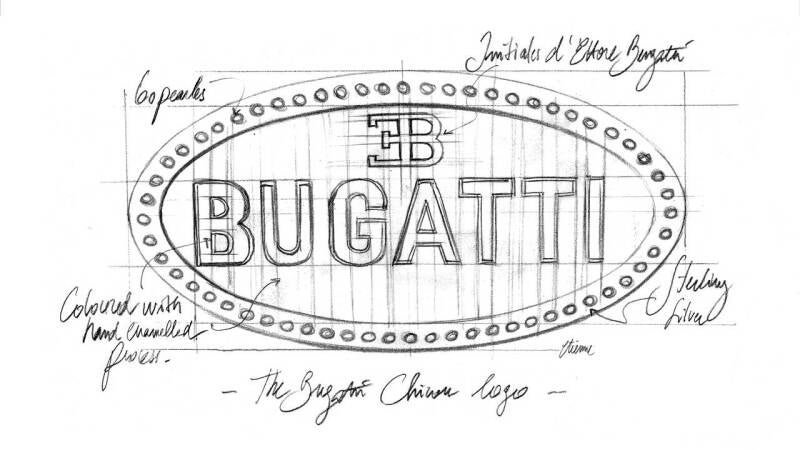

Founded in 1909 in the then-German city of Molsheim by the Italian-born industrial designer Ettore Bugatti.
Automobiles Ettore Bugatti was a French car manufacturer of high-performance automobiles, No more than about 8,000 cars were made. The company released one last model in the 1950s, before eventually being purchased in 1963. In 1987, an Italian entrepreneur bought the brand and revived it as a builder of limited production exclusive sports cars based in Modena. In 1998, the Volkswagen Group bought the rights to the Bugatti marque.


Headquarters: Molsheim, France, 1909-1963

Parent (Messier-Bugatti): Hispano-Suiza, Spain, 1963-1968

Parent (Messier-Bugatti): Snecma, Courcouronnes, France, 1968-1977

Parent (Messier-Hispano-Bugatti): Snecma, Courcouronnes, France, 1977-1998

Parent: Volkswagen Group, Wolfsburg, Germany, 1998-now

Headquartered (Bugatti Automobiles S.A.S,): Molsheim, France, 1998-2021

Parent: Rimac Automobili, Sveta Nedelja, Croatia, 2021-now





The Bugatti EB 110 is a mid-engine sports car initially conceived by Ing. Paolo Stanzani in the mid 1980s and produced by Bugatti Automobili S.p.A. from 1991 until 1995, when the company was liquidated. The model restarted the brand's presence in the automobile industry after a hiatus of nearly 40 years (since 1952).
In the period from 1992 to 1995 the EB 110 competed against cars such as the Lamborghini Diablo, Jaguar XJ220, Ferrari F40 and Ferrari F50 (launched 1995) and McLaren F1.
139 examples were built, plus small number of post-production cars which were completed after the bankruptcy. The last one was built by Dauer Sportwagen in 2002 and one additional unfinished example was completed in 2019. It was the only production model made by Romano Artioli's Italian incarnation of Bugatti.












The Bugatti Veyron EB 16.4 is a mid-engine sports car, designed and developed in Germany by the Volkswagen Group and Bugatti and manufactured in Molsheim, France, by French automobile manufacturer Bugatti. It was named after the racing driver Pierre Veyron.
The original version has a top speed of 407 km/h. It was named the 2000s Car of the Decade by the BBC television programme Top Gear. The standard Veyron also won Top Gear's Best Car Driven All Year award in 2005.
The Veyron's chief designer was Hartmut Warkuß, with the exterior being designed by Jozef Kabaň of Volkswagen. Much of the engineering work was conducted under the guidance of chief technical officer Wolfgang Schreiber.
The Bugatti Veyron was discontinued in late 2014, but special edition models continued to be produced until 2015.





















1909-1963
1963-2007
2007-2022
2015-2022
2022-now








Create Your Own Website With JouwWeb